The Nikon Z8 and Z9 both offer amazing features, but they serve different needs and come at different price points.
This blog breaks down Nikon Z8 vs Z9. You’ll learn about their key differences in size, speed, and performance to help you make a smart choice that matches your photography goals.
By the end, you’ll have a clear understanding of which Nikon camera deserves your hard-earned money.
The Overview of Nikon Z8 and Nikon Z9
The Nikon Z8 and Z9 are top-tier mirrorless cameras that share many core specs. Both feature a 45.7MP full-frame sensor and EXPEED 7 processor, giving users outstanding image quality.
The Z9 came first as Nikon’s pro flagship model, built with a tough body and integrated grip for sports and wildlife photographers. The Z8, released later, packs nearly identical tech into a smaller, lighter frame.
Both cameras offer 8K video recording, fast burst speeds, and excellent autofocus systems that track subjects with impressive accuracy. They use the same Z-mount system, giving photographers access to Nikon’s growing line of sharp, modern lenses.
Top Features of Nikon Z8 vs Z9 Compared
Nikon’s Z8 and Z9 are two high-end full-frame mirrorless cameras that share much of their core technology, including the same sensor and processor.
The Z8 is positioned as a more compact, affordable alternative to the flagship Z9, but both are aimed at professional photographers and videographers seeking top-tier performance.
Below is a detailed comparison of Nikon Z8 vs Z9 based on key features.
1. Design & Build Quality
Nikon Z8: The Z8 is about 30% smaller and lighter than the Z9, measuring 144 x 118.5 x 83 mm and weighing 910g. It features a robust magnesium alloy and carbon fiber composite body, is fully weather-sealed, and exceeds the build quality of the D850. The Z8 has 10 custom buttons and a top LCD for quick settings checks.
Nikon Z9: The Z9 is larger (149 x 149.5 x 90.5 mm) and heavier (1340g), with a built-in vertical grip and more physical controls, including 13 custom buttons and additional illuminated controls. Its larger size allows for better heat dissipation and enhanced durability, making it ideal for demanding professional use.
2. Sensor & Image Quality
Nikon Z8: Both cameras use the same 45.7MP full-frame BSI stacked CMOS sensor and EXPEED 7 processor, delivering virtually identical image quality. The Z8 handles noise well up to ISO 12,800, with excellent dynamic range and detail retention. It also supports the 10-bit HEIF format for greater tonal gradation.
Nikon Z9: The Z9 matches the Z8 in sensor performance, offering the same resolution, dynamic range, and low-light capabilities. However, it does not currently support the HEIF format. Both cameras lack a low-pass filter, maximizing sharpness and detail.
3. Autofocus & Speed
Nikon Z8: Features a 493-point hybrid AF system with advanced subject detection for nine types, 3D tracking, and 120 AF calculations per second. It offers up to 20fps RAW and 120fps JPEG shooting, with blackout-free live view and pre-release capture. Autofocus is fast, accurate, and reliable in low light.
Nikon Z9: Shares the same autofocus system and performance as the Z8, including subject detection, 3D tracking, and high-speed burst rates. The Z9’s larger body allows for extended shooting sessions without overheating, which can be beneficial for sports and wildlife photographers.
4. Video Capabilities
Nikon Z8: Can record 8K 30p video for up to 90 minutes and 4K 60p for over two hours without overheating. Supports 12-bit RAW, ProRes HQ, N-Log, HLG, and advanced audio features. The Z8 matches the Z9’s video specs post-firmware updates, making it a top choice for professional videographers.
Nikon Z9: Offers unlimited 4K recording and up to two hours of 8K video, thanks to superior heat management. All advanced video features found in the Z8 are present, including internal RAW and ProRes recording. The Z9’s larger body is advantageous for long, uninterrupted video shoots.
5. Battery Life & Storage
Nikon Z8: Uses the EN-EL15c battery, which is smaller and offers less endurance compared to the Z9. Battery life is sufficient for most shoots but may require spares for extended sessions. Dual card slots (CFexpress Type B/XQD and SD UHS-II) provide a flexible storage option.
Nikon Z9: Equipped with the larger EN-EL18d battery, delivering significantly longer battery life-ideal for all-day professional use. Also features dual CFexpress Type B card slots for high-speed, high-capacity storage, supporting demanding workflows.
6. Price & Value
Nikon Z8: Priced around $4,000 (body only), the Z8 offers flagship-level performance in a smaller, more affordable package. It’s an excellent value for professionals who don’t need a built-in grip or the absolute maximum battery life.
Nikon Z9: At $5,500 (body only), the Z9 commands a premium for its larger body, integrated grip, extended battery life, and enhanced durability. The price difference is notable, but justified for those needing the ultimate in reliability and performance for intensive professional work.
Should You Buy the Nikon Z8 or Nikon Z9?
Choosing between the Nikon Z8 and Z9 depends on your needs, shooting style, and budget. Both deliver flagship performance, but their size, handling, battery life, and price make them suited for different users.
Nikon Z8 is best for
- Photographers who want a lighter, more portable camera
- Those seeking flagship features at a lower price
- Hybrid shooters need flexibility for both stills and video
- Users who don’t need a built-in vertical grip or extra ruggedness
Nikon Z9 is best for
- Professionals needing maximum durability and battery life
- Photographers who want a built-in vertical grip and robust handling
- Videographers requiring long recording times and superior heat management
- Users demanding the ultimate flagship experience, regardless of price or weight
Both cameras share the same sensor, autofocus, and video capabilities. Choose the Z8 for portability and value, or the Z9 for endurance and professional handling
The Bottom Line
After looking at Nikon Z8 vs Z9 in detail, the choice between the Nikon Z8 and Z9 comes down to your specific needs as a photographer.
The Z9 remains the top pick for professionals who need maximum durability, longer battery life, and the fastest shooting speeds. Its built-in grip and robust body make it perfect for long shoots in tough conditions.
The Z8 offers almost all the same technology in a smaller, lighter, and more affordable package. For many serious photographers, this balance of performance and portability makes it the smarter choice.
Both cameras produce stunning images and videos with the same excellent sensor and processor combination. Your decision should focus on how and where you plan to use the camera rather than image quality alone.
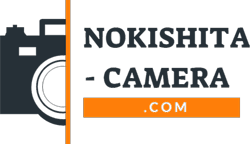
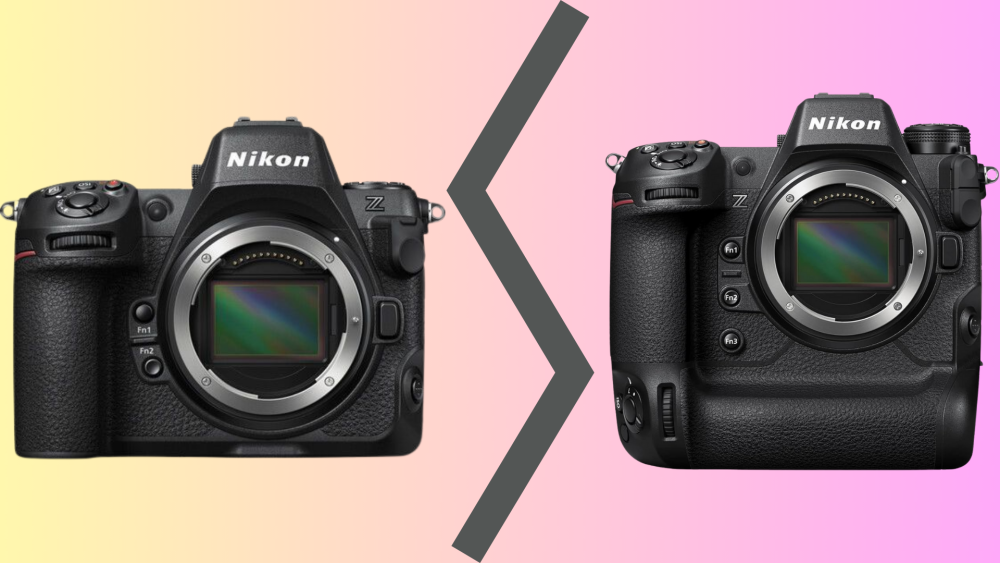
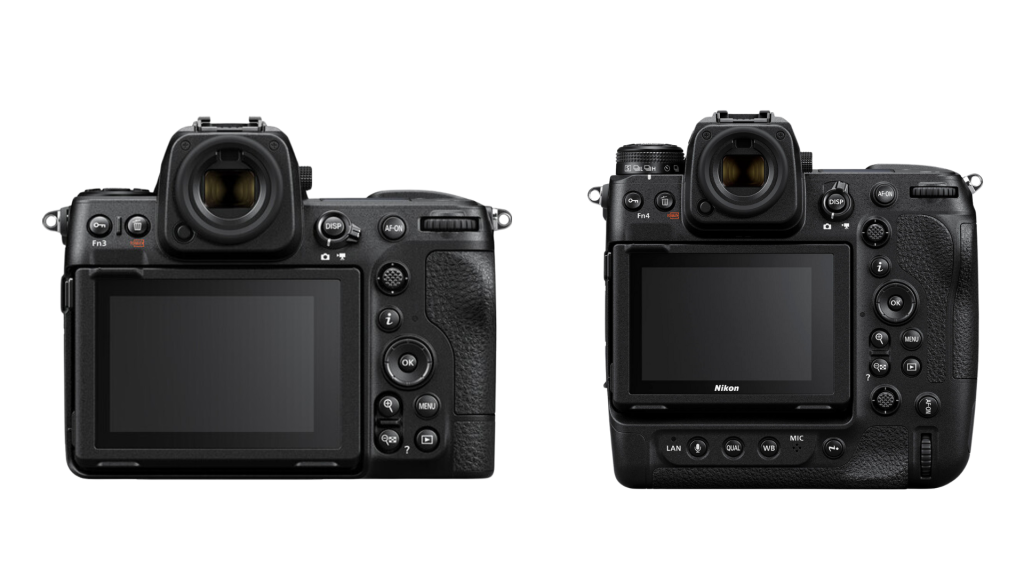
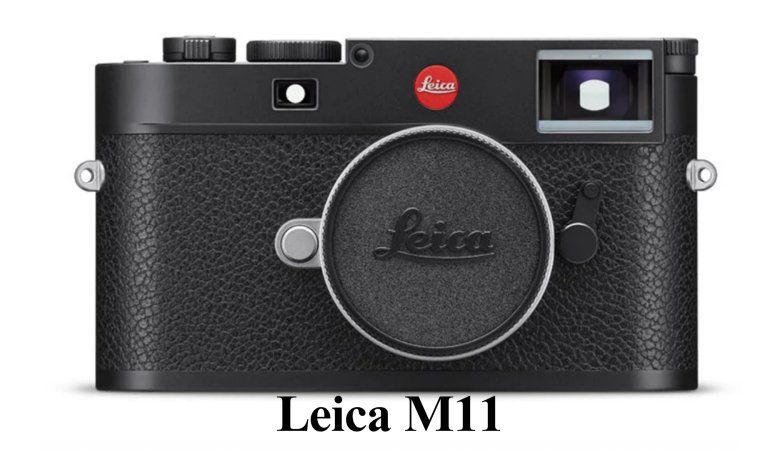
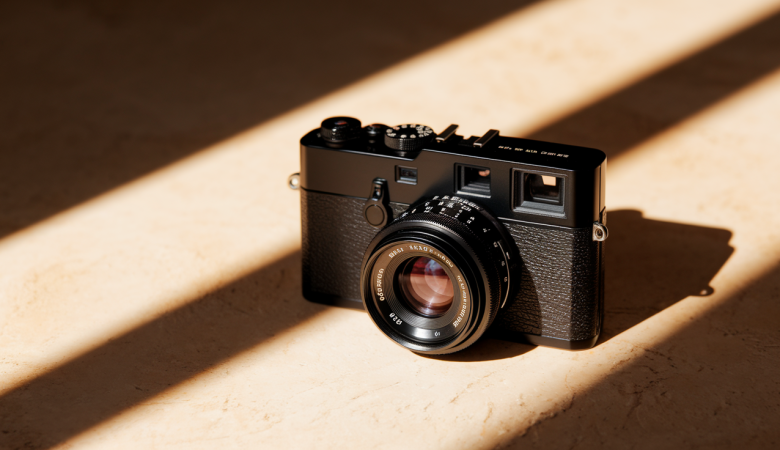
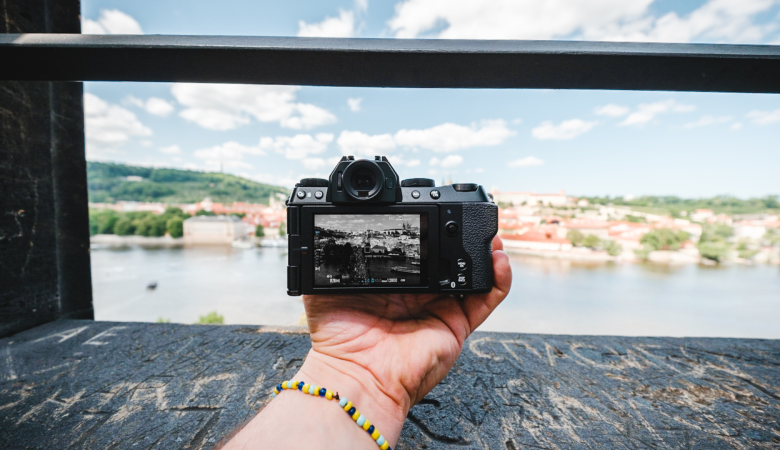
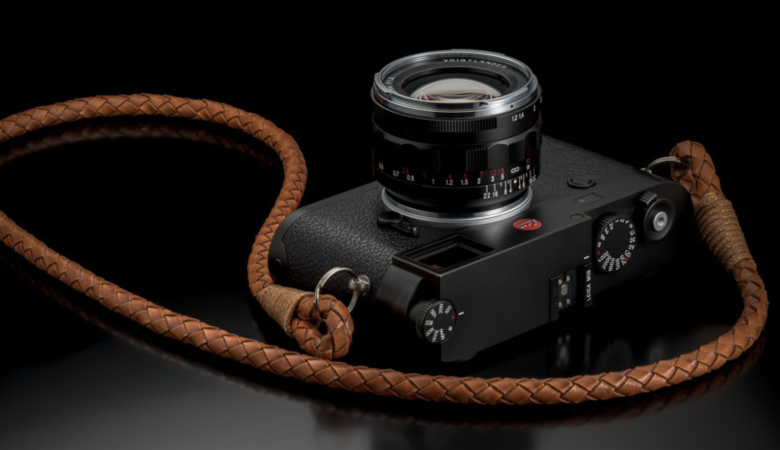
Leave a Reply